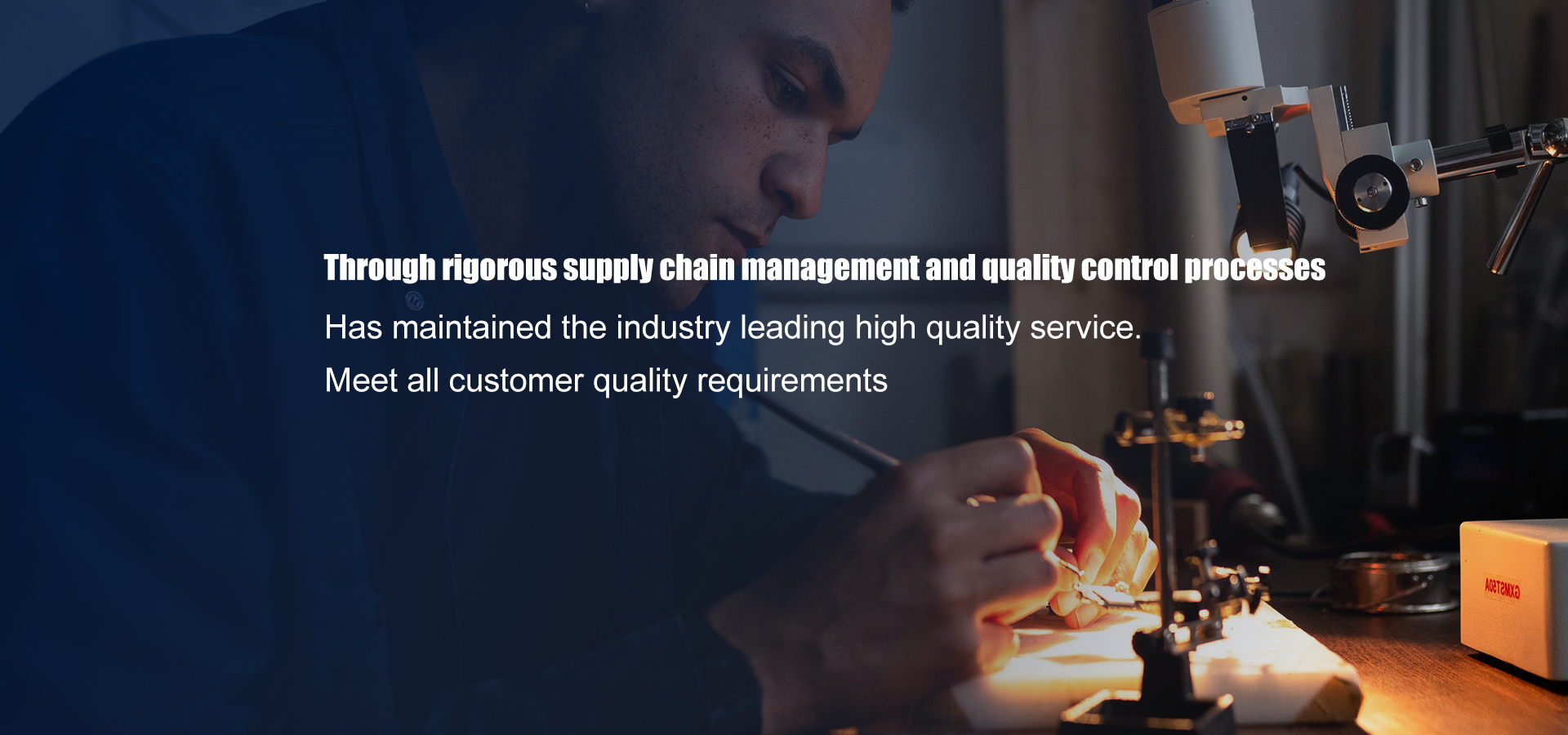

E-Waste Regulations Meet Procurement: Practical Steps to Build a Compliant BOM
New e-waste regulations are transforming procurement—the components chosen today will determine tomorrow’s compliance and cost landscape.
Regulators and major OEMs are pushing manufacturers to incorporate recyclability and traceability into product design. For procurement managers, this shift presents both risks and opportunities: aligning BOM choices with new policies can reduce future compliance costs, minimize waste, and advance procurement-driven sustainability goals. Below is a practical procurement guide that balances compliance readiness with real cost savings.
Why E-Waste Policies Are Critical for Procurement Today
• Design and material choices are now regulatory decisions. Selecting non-recyclable components may lead to additional disposal or rework costs.
• Traceability is now mandatory. Procurement must have end-to-end visibility into material sources and recyclability claims.
• ESG (Environmental, Social, and Governance) is becoming a procurement KPI. Reducing dead stock and increasing reuse rates cut costs and support sustainability targets.
3-Step Procurement Guide: Align Your BOM with Sustainability (and Save Money)
Make Traceability a Non-Negotiable Requirement at the PO Stage
• Require recyclability declarations for every PO line item.
• Ensure 100% real traceability for critical components to minimize recall and regulatory risks.Design Your BOM with Alternatives and Recyclability in Mind
• Identify preferred materials and qualified alternatives that meet recyclable/reusable objectives.
• Leverage our “1-piece MOQ” capability to obtain early validation samples—test compliant alternative parts before committing to volume orders.Reduce Waste and Costs Through Smarter Inventory Management
• Proactively manage slow-moving SKUs to reduce dead stock (our targeted buyback/rotation strategies typically reduce excess inventory by ~20%).
• Shorter lead times + local warehousing (3–5-day delivery across APAC) decrease safety stock requirements, lowering both costs and environmental footprint.
Integrating sustainability criteria into the BOM delivers immediate benefits: lower total lifecycle costs, fewer regulatory surprises, enhanced customer trust, and measurable contributions to ESG goals. For example, in one project, accelerated supplier validation (24-hour quotes + 72-hour alternate part confirmation) enabled a product team to select compliant components early—avoiding costly late-stage redesign or scrap.
Sustainability is no longer a standalone initiative. Embedding recyclability, traceability, and alternate planning into BOM processes ensures compliance while protecting profitability.
"How is your team integrating sustainability into your BOM?" We welcome your insights.


